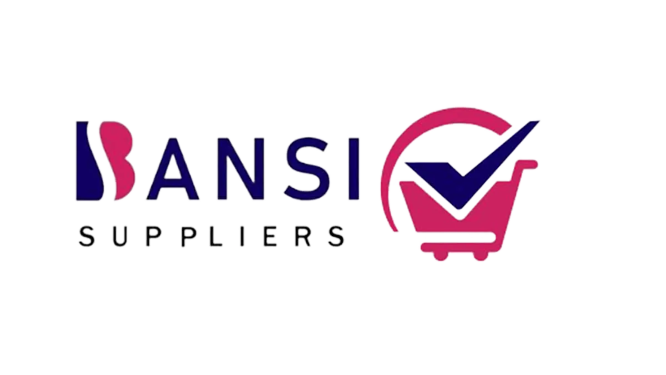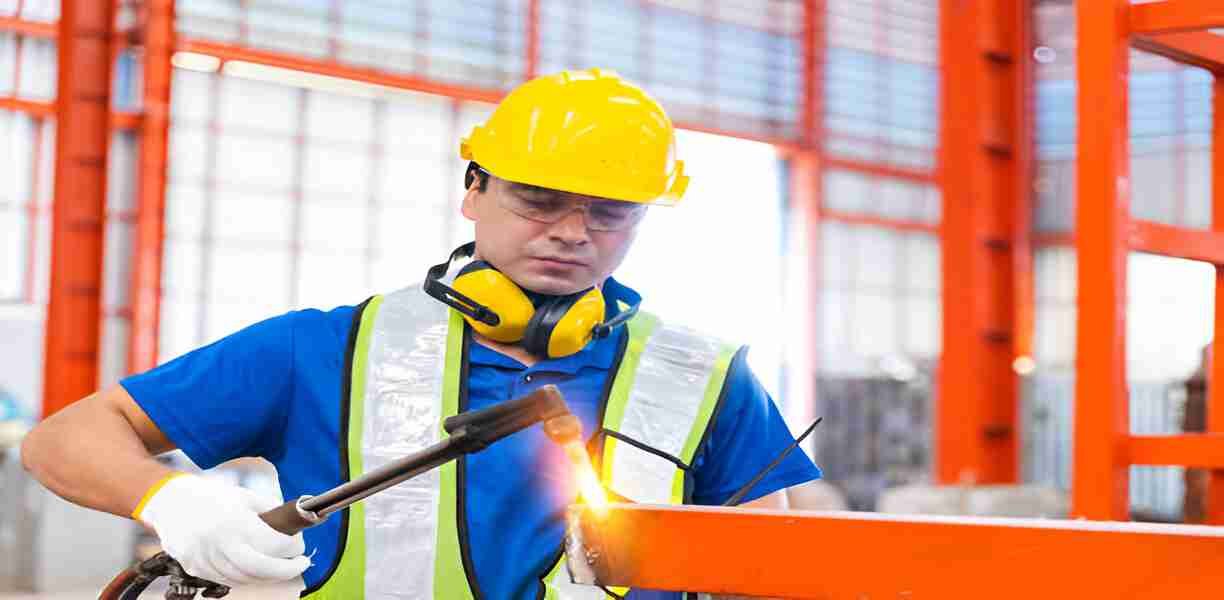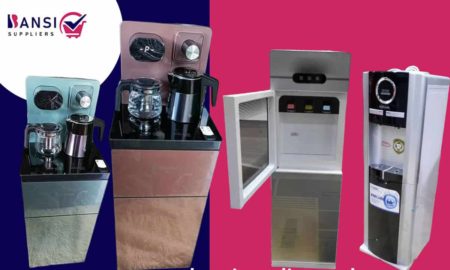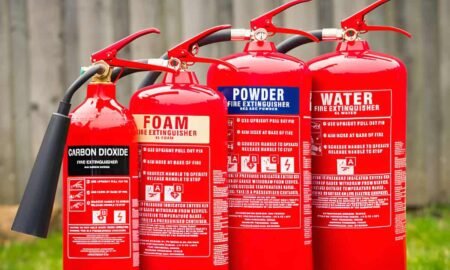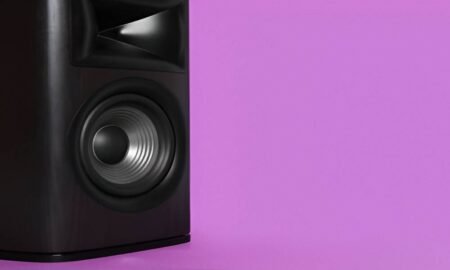What Safety Equipment Is Required For Welding
What Safety Equipment Is Required for Welding?
Welding is an essential process in various industries; however, the process itself carries certain risks, which need proper safety equipment. Ensuring safety during welding is quite crucial to prevent injuries and safeguard workers from probable hazards such as burns, radiation, fumes, and electrical shocks. What Safety Equipment Is Required For Welding ? Welders need to wear personal protective equipment (PPE) to protect themselves from heat, sparks, and harmful radiation. This includes:
- Welding helmet: Also called a welding hood, this protects the face from sparks, debris, and UV rays.
- Goggles: Protects the eyes from sparks, hot slag, and intense light.
- Fire-resistant gloves: Protect the hands from heat and chemical burns.
- Protective clothing: Such as a leather apron or gauntlets.
- Respirator: Protects against fumes and gases. A powered air respirator or supplied air respirator is best for arc welders.
- Safety glasses with side shields: Protect the eyes from sparks, hot slag, and intense light.
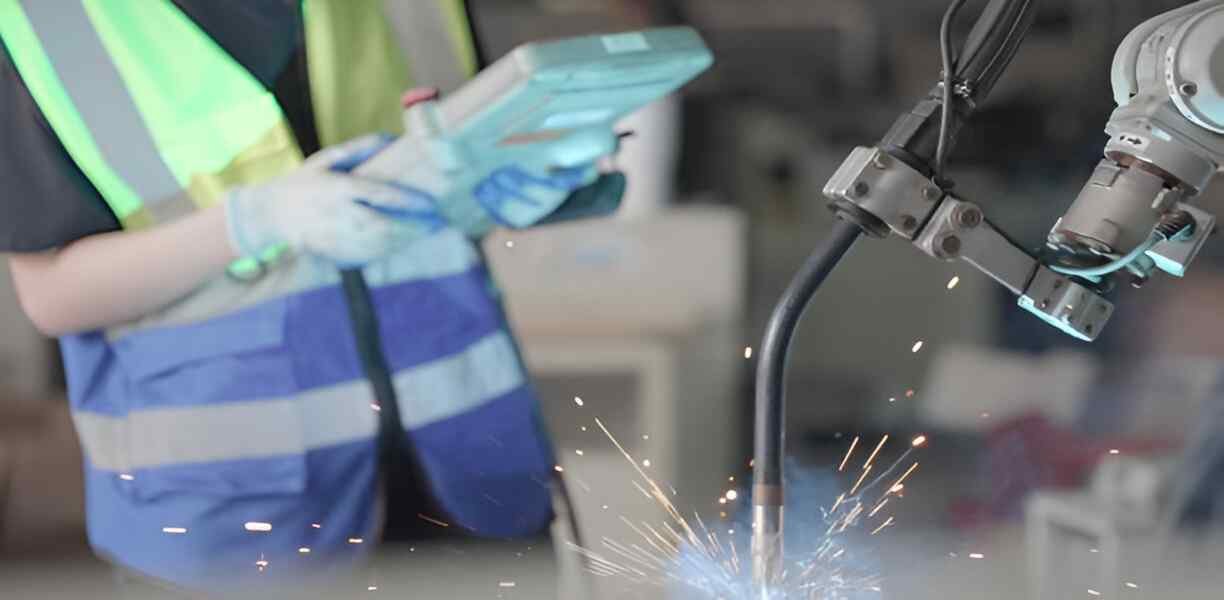 1. Welding Helmets: Essential Eye and Face Protection
1. Welding Helmets: Essential Eye and Face Protection
No welding activity should be performed without putting on a welding helmet. These protect the welder from dangerous ultraviolet or infrared rays of the arc during the process. The essential qualities present in a good welding helmet are given below:
- ADF or auto-darkening filters that allow changes depending upon the arc’s intensity.
- High impact resistance against the impact of flying pieces.
- Full face protection keeps the face safe from sparks and spatters.
2. Welding Gloves: Shielding Your Hands
Hands are amongst the most exposed during welding and require special gloves or welding sleeves to offer protection. Generally, welding gloves are made from leather and designed to:
- Withstand extreme temperatures.
- Provide dexterity for handling tools.
- Resist cuts, punctures, and abrasions.
Welders may opt for TIG, MIG, or stick welding gloves, among other types, for the task at hand.
3. Flame-Resistant Clothing: Full Body Protection
Standard workwear is not ready for welding jobs. FR clothing for welders would include leather, cotton with FR treatment, and wool. Some features of FR clothing would be:
- Long sleeves and high collars: This will keep sparks from reaching the skin.
- Non-synthetic fibers: They don’t melt and stick to the skin.
- Heavy-duty stitching: Extra seams for added protection.
Common examples of FR clothing include welding jackets, aprons, and chaps that can provide all-around protection.
4. Welding Boots: Protecting Your Feet
Welders are at risk of injuries from falling objects, hot metal, and electrical hazards. Welding boots and welding boot covers are an essential part of PPE, offering:
- Steel toes: Protect against heavy impacts.
- Slip-resistant soles: Ensure stability on slick or uneven surfaces.
- Heat and electrical insulation: Shields feet from burns and electrical shocks.
5. Respiratory Protection: Defending Against Toxic Fumes
Welding produces harmful fumes and particulates that can severely affect respiratory health. Depending on the task and materials involved, welders may require:
- Disposable respirators: For light-duty welding tasks.
- Reusable half-mask respirators: Offer better protection with replaceable filters.
- Powered air-purifying respirators (PAPRs): Provide a continuous flow of clean air for prolonged tasks.
6. Ear Protection: Guarding Against Noise Hazards
While welding, loud noises and flying debris can pose risks to hearing and inner ear health. Welders should use:
- Earplugs or earmuffs: For noise reduction.
- Flame-resistant ear protection: To safeguard against sparks and heat.
7. Safety Glasses: Additional Eye Protection
Even with a welding helmet, safety glasses are necessary to protect the eyes from flying particles when the helmet is lifted. Features of good safety glasses include:
- Shatterproof lenses: Typically made from polycarbonate.
- Side shields: For extra protection against debris.
- Anti-fog coatings: Ensure clear vision during prolonged use.
8. Welding Curtains and Screens: Protecting Nearby Workers
These welding curtains or screens contribute towards a safe zone restricting the dangerous effects of light sparks or spatter to only the person behind the shield; these are especially helpful when working amongst many other workers.
9. Fire Extinguishers: Emergency Preparedness
Fire can always break out suddenly during welding, which no one expects; thus, fire extinguishers become indispensable. A welder must ensure the following:
- Fire extinguishers are accessible: Positioned near the welding area.
- Proper type is used: Class D extinguishers are suitable for metal fires.
10. Proper Ventilation Systems
Welding produces many types of hazardous fumes and gases. Adequate ventilation systems guarantee their effective withdrawal from the work area. This includes:
- Local exhaust ventilation: It extracts the fumes directly from the source.
- General ventilation systems: These provide a constant flow of air to dilute air contaminants.
11. High-Visibility Clothing and Accessories
High-visibility vests or reflective tape on clothing in busy workshops ensures visibility of welders to coworkers operating machinery or moving materials.
Conclusion
Welding is associated with many hazards, and the right safety equipment protects the welders from such incidents. A welding professional, therefore, should always utilize quality personal protective equipment and follow strict adherence to safety principles in order to minimize the chance of accidents or injuries.
